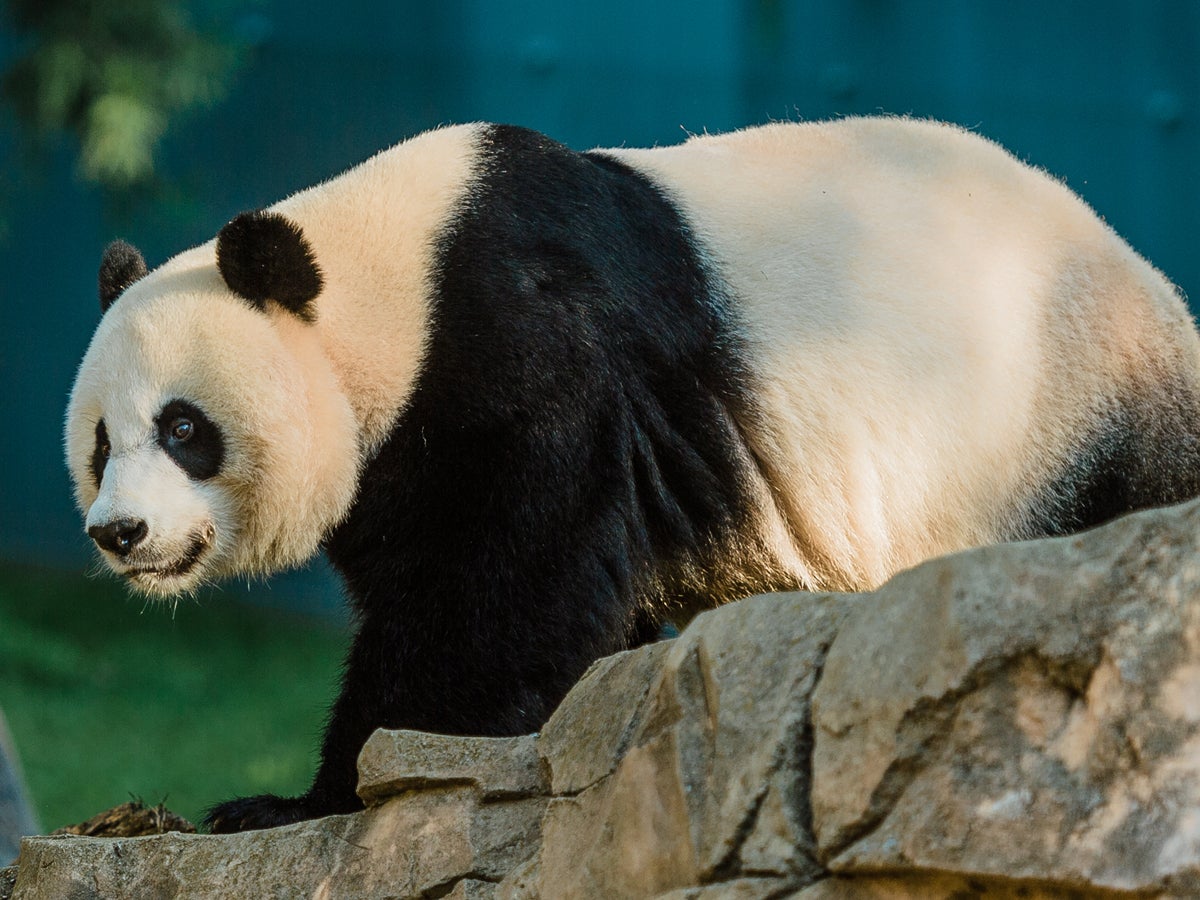Giant Panda Mei Xiang Is Not Pregnant
The giant panda team at the Smithsonian’s National Zoo and Conservation Biology Institute has determined that Mei Xiang (may-SHONG) will not give birth this year.
The panda team has been monitoring Mei Xiang’s behavior and hormones very closely during the past weeks. The only way to definitively determine if a giant panda is pregnant before she gives birth is to detect a fetus on an ultrasound. Her hormones and behavior will mimic a pregnancy even if she is not pregnant. Scientists confirmed that a secondary rise in Mei Xiang’s urinary progesterone levels began July 28. This signaled that she would either have a cub or experience the end of a pseudopregnancy within 30 to 50 days. Her hormones returned to baseline levels Sept. 14, but she did not give birth, indicating she was either experiencing a pseudopregnancy or did conceive but resorbed the embryo.
A team of reproductive scientists from the Smithsonian Conservation Biology Institute and Zoo veterinarians artificially inseminated Mei Xiang twice May 25, using sperm collected from Tian Tian (tee-YEN tee-YEN). Li Rengui from the China Conservation and Research Center for the Giant Panda was at the Zoo for the procedures.
The panda house at the David M. Rubenstein Family Giant Panda Habitat closed Sept. 1 to provide Mei Xiang with quiet, since she shows extra sensitivity to noise during the final weeks of a pseudopregnancy or pregnancy. With the help of specially trained volunteers from Friends of the National Zoo, the panda team began a 24-hour-a-day behavior watch on Mei Xiang Sept. 5.
Mei Xiang is becoming more alert, and her behavior is returning to normal. The panda house will reopen and return to normal operating hours, 9 a.m. to 6 p.m., Sept. 16.
At 19 years old, Mei Xiang is near the end of her reproductive life cycle, but there are pandas who have had cubs when they were older than she is now. Mei Xiang has given birth to three surviving cubs: Tai Shan (tie-SHON), Bao Bao (BOW-BOW) and Bei Bei (BAY-BAY). Tai Shan was born July 9, 2005, and he now lives in China. Bao Bao was born Aug. 23, 2013, and moved to the Dujiangyan Panda Base in February 2017. Bei Bei, born Aug. 22, 2015, will move to China by the time he turns 4 years old.
The Zoo will continue to provide updates on the pandas on Facebook, Instagram and Twitter using #PandaStory and the Giant Panda e-newsletter.
# # #
Photo and video credit: Smithsonian's National Zoo
Related Species:



